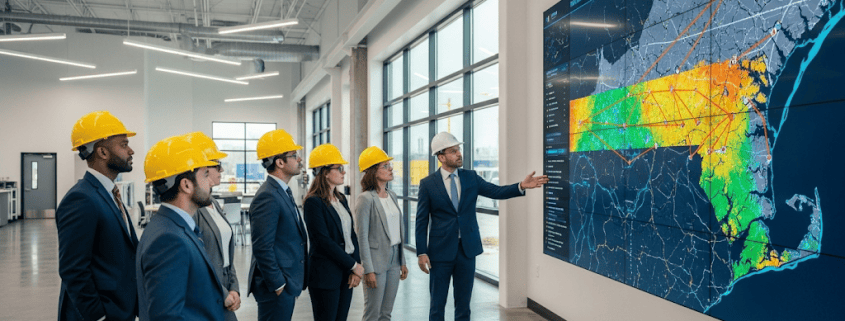
Explore demand shifts, site selection strategies, manufacturing trends, development challenges and the impact of tariffs and data centers on industrial space in the region
What you’ll learn
- Which submarkets in the Mid-Atlantic are currently experiencing the highest demand for industrial space? How are developers adjusting their site selection strategies to meet these emerging trends?
- With manufacturing facilities projected to reach 25% of total U.S. industrial demand by 2028, driven by factors like reshoring, supply chain resilience and advancements in technology, what strategies are manufacturers employing to address the growing competition for land and resources, particularly for build-to-suit facilities?
- Given the impact of tariffs on the flow of goods and consumer spending power, how are industrial leaders adjusting their strategies in the face of rising costs and uncertainty?
- With the industrial vacancy rate in the D.C. metro area climbing to 6.5% in 2024, what factors are contributing to this shift? How are current market conditions affecting investor sentiment in industrial development?
- As data center development leads the construction pipeline and the majority of new projects are built-to-suit, how does this shift impact the availability of industrial space for general warehousing and logistics tenants in the region?


